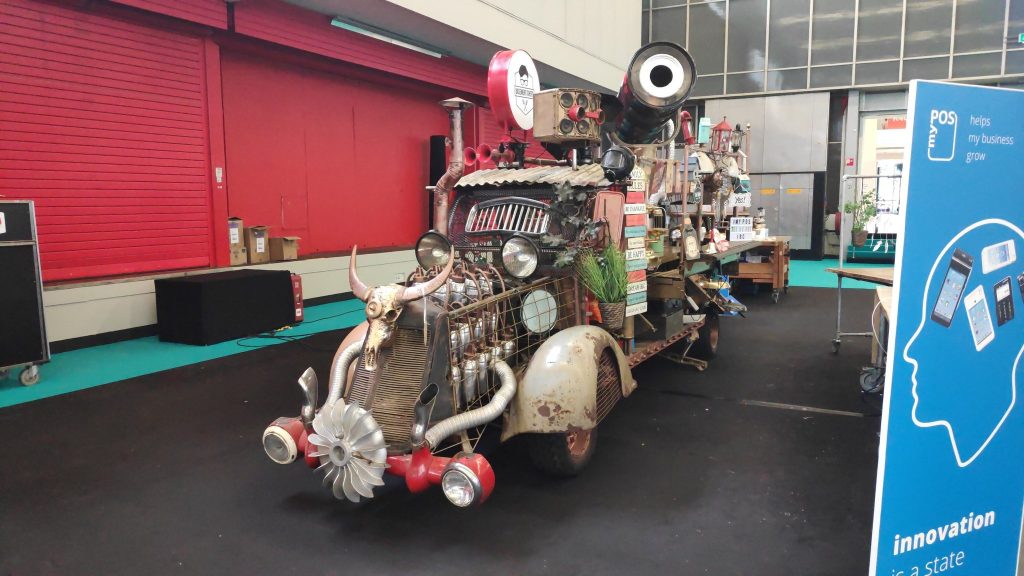Money20/20 Europe 2019 – Day 2, a fragmented consumer-centric world
Imagine walking into your favourite coffee shop, and your vanilla skinny large latte is already waiting for you at the counter, with your name written on it and all paid for from the app at your phone.
There are shops that already let you do this, keep track of the times you go to the coffee shop, and they even include a loyalty scheme, so you don’t pay for every tenth coffee.
“We have seen that loyalty schemes increase revenue by 11%,” tells us Nicky Koopman, SVP of content and value-added services, AEVI. “Our work goes beyond point of sale (POS). We offer brick-and-mortar stores tools for workflow, stock inventory, loyalty schemes, all based around the payment experience”.
The executive at AEVI, who partners with merchant acquirers to provide some of the digital capabilities to the “offline” world for retailers, sees the limitations of brick-and-mortar, but is sure that it will go nowhere.
The case in Europe for tailored apps and features is undoubtedly catching on, with any user’s favourite brands all offering an app where one can browse, check orders and availability, and keep a profile that holds data on the user’s orders and behaviours.
Koopman tells us about a not-so-distant future where the Nike store clerk suggests a lower size in a particular model, as they can see on your profile that your foot is more likely to fit better.
The idea of enhancing a customer experience through data sounds ideal, a theme that undoubtedly seems to run across this year’s Money 20/20 Europe.
And payments? Is there a better implementation of artificial intelligence and data? As Pritesh Kotecha, EMEA SVP, SmartStream, puts it, it is the best use case we have seen so far. As he puts it, payments are not just a product, or technology, they are behaviours by the user, particularly in the consumer world.
Offering the most convenient products and services around the consumer behaviour, integrating payments within the users’ life, is the goal. “Look at the Chinese model,” Kotecha adds. “It’s about integrating financial services in those apps and products people already use: chats, games and so on.”
In the meantime, brands in the West will take time to yield and take themselves out of the spotlight. In a more dystopian future, a user’s phone will be saturated with apps for every brand you’ve ever visited. Or worse, they would be forced to confine themselves to that one coffee shop, at risk of having too many unfinished “get your tenth coffee for free” loyalty schemes at the same time.
“Well, can you name me your favourite loyalty scheme?” asks me with a smirk Kim Oreskovic, partner and CFO of a global start-up generator and early-stage VC, Antler. “I think they are one of the most boring and saturated applications of consumer data. Customer profiling can be very useful and exciting, but it has to be done the right way.”
The corollary is that PSD2 and customer data are a breeding ground of possibilities, but when it comes to integrating these services and features, we might have not nailed down the model just yet. A fully fragmented landscape sounds hardly perfect, for banking, payments, or loyalty schemes.
Perhaps this is just a phase. We’re knocking down to build back up. Breaking things apart to, perhaps in the future, make a more beautiful whole again. Two years ago, Money20/20 Europe was superhero-themed. Thanos would have been just in his element this year.
Marketplaces and aggregators surely have their ears pricked up.
Click here to read the round-up from Day 1 of Money20/20 Europe 2019











































